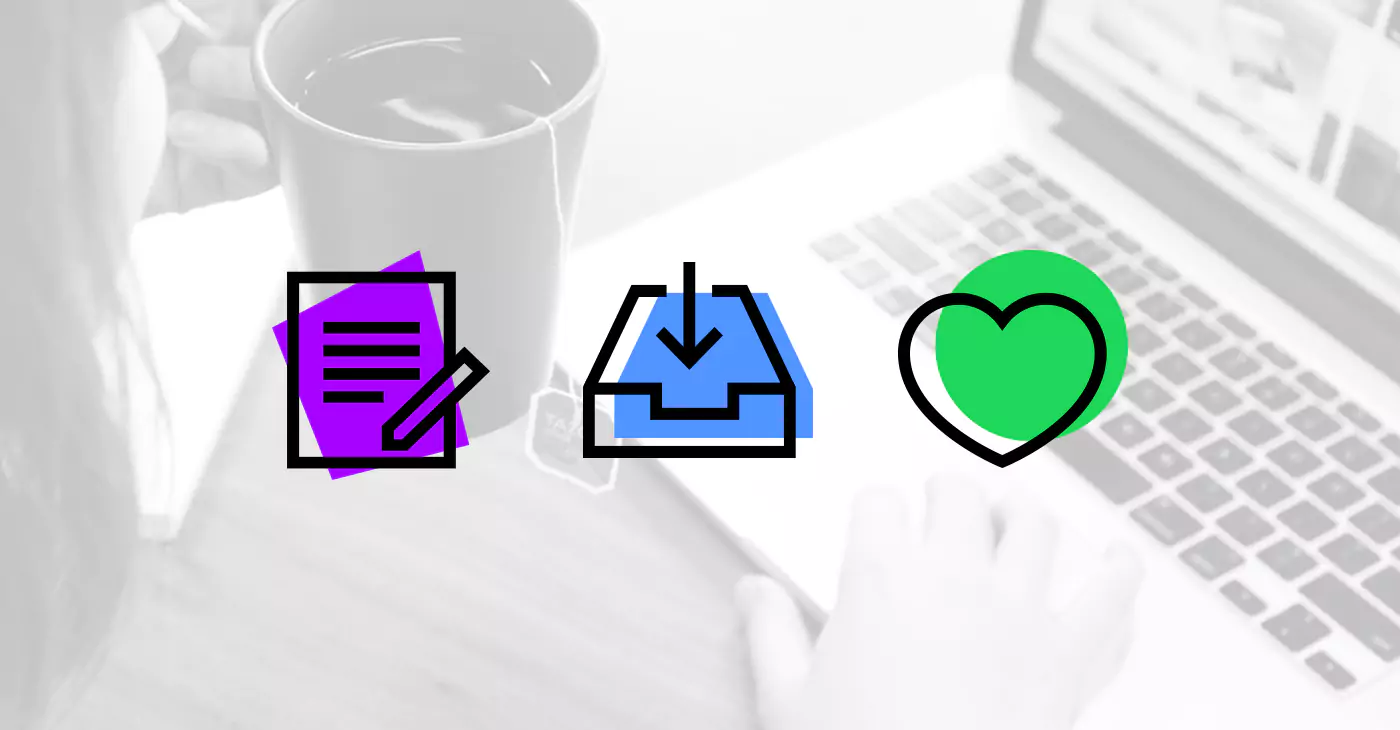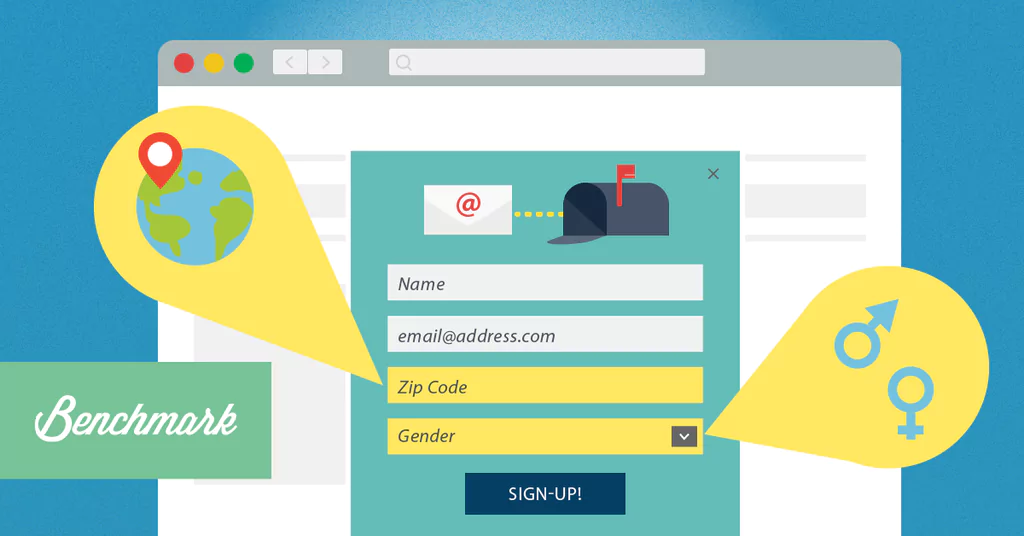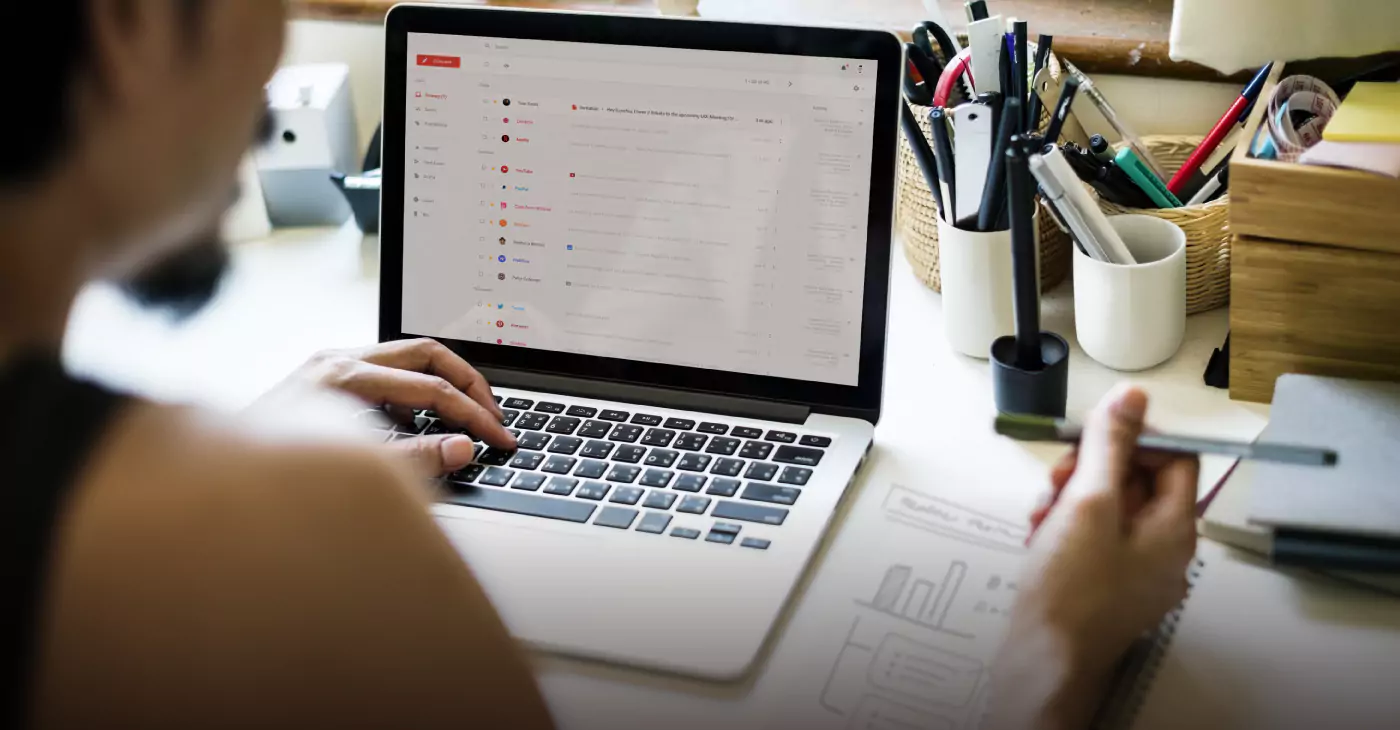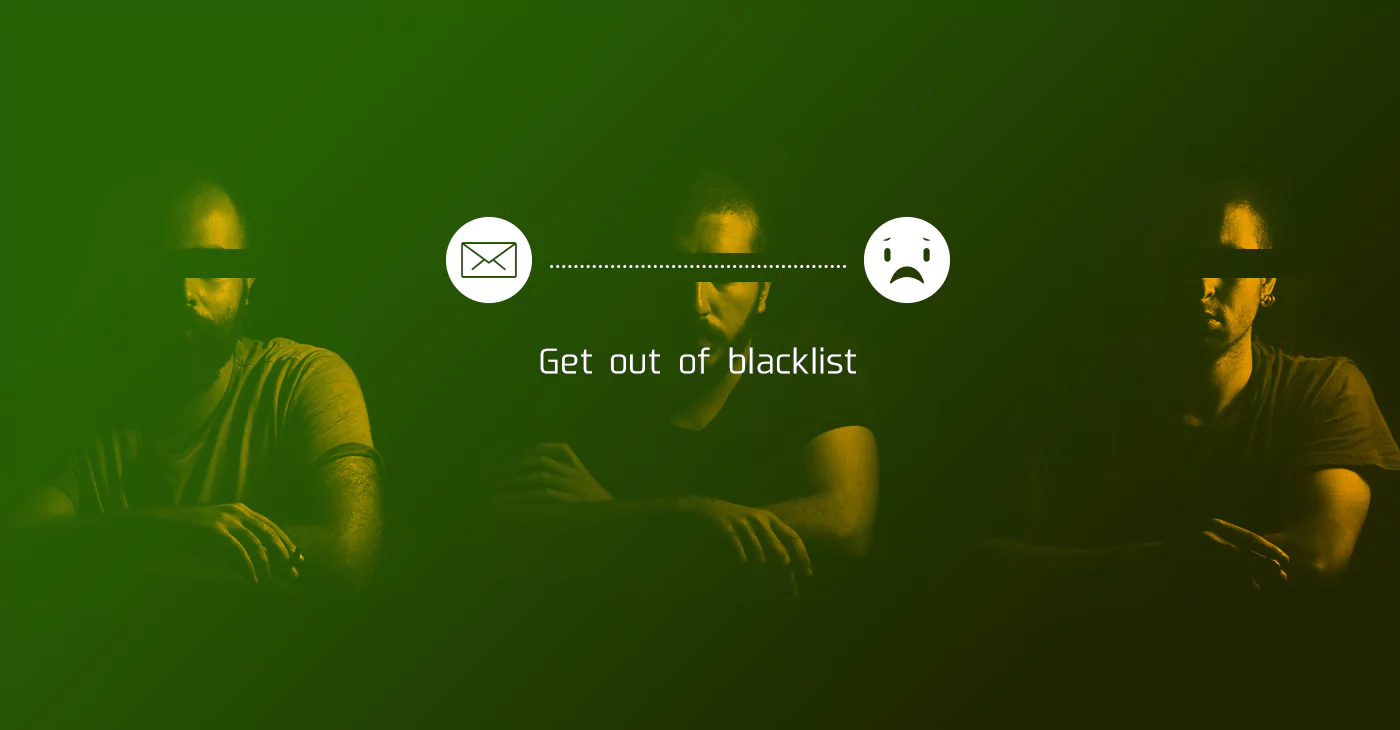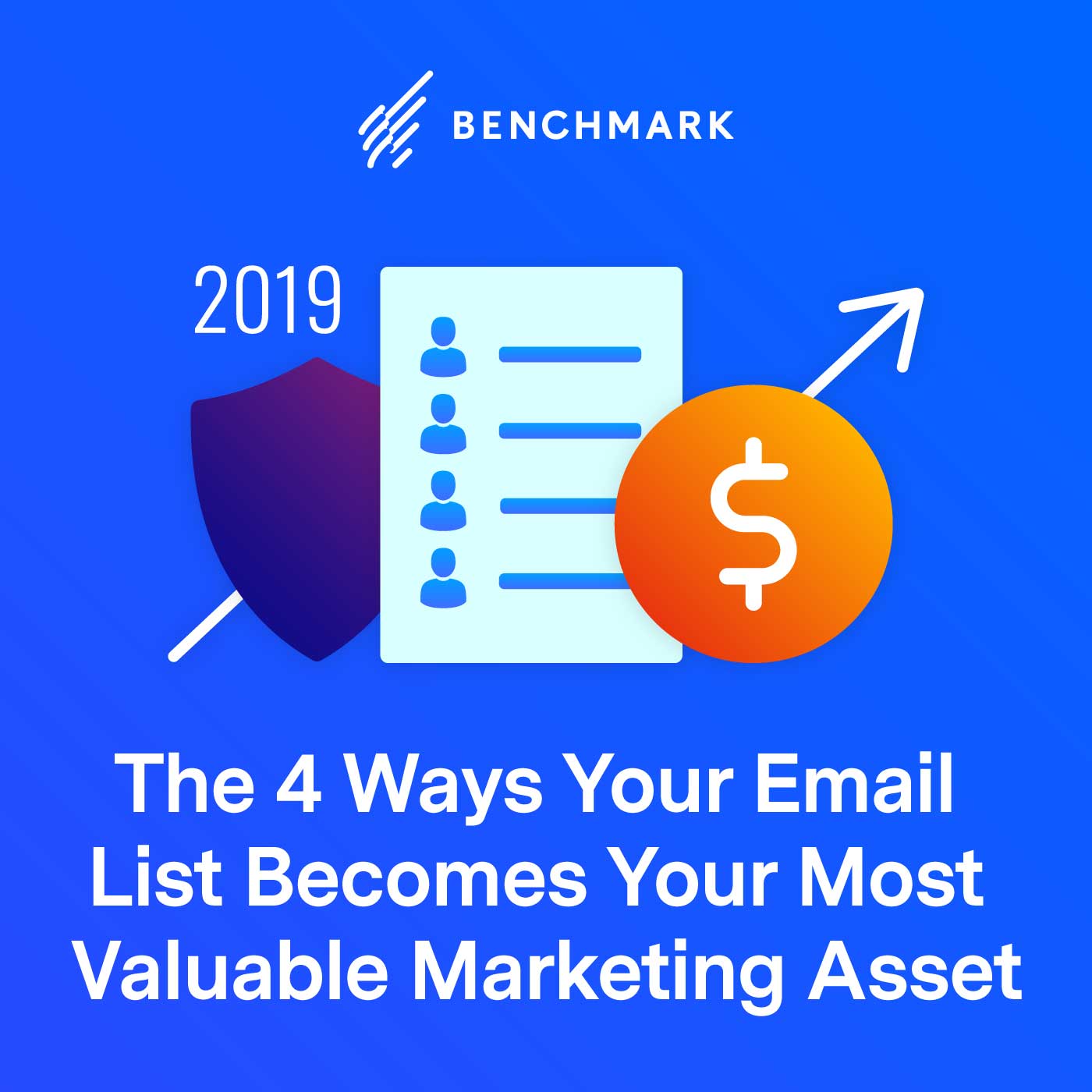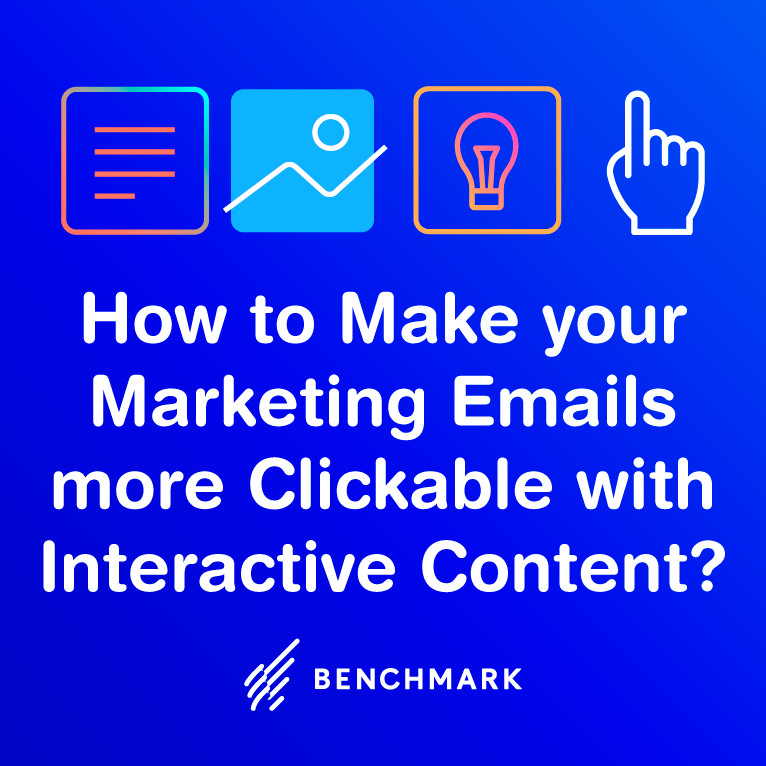With the arrival of summer, it’s not uncommon for some to see our sales numbers drop.
Professionals are on holidays and private customers are busy enjoying sunny days and long evenings instead of browsing through online shops.
As a result, online store owners have to work even harder to make ends meet, rather than taking some well-deserved vacation time without having to worry (too much) about the business.
In this article, we want to give you some strategic advice and ideas on how to keep your sales up this summer without much extra work. If you prefer to see for yourself how you can put this into practice, please join our online workshop on Tuesday, July 2nd, 2019 at 10 am GMT /11 am CEST, where we will give you practical examples and step-by-step explanations.
Let’s Get Started with an Example:
The business: We own an online store selling handmade decorative items.
The idea: We will offer a package of two products at a lower price than if they were to be purchased separately during the three summer months.
The goal: Maintain and even raise sales while we or our staff are on vacation.
Every year in summer, we detect that our sales decrease so we have thought of three ideas to get them back up:
- Make bundles of different products at a lower price than purchased separately.
- Create joint offers with partner companies offering added value. For example, teaming up with a sofa store by offering matching cushions at a reduced price to everyone ordering a sofa.
- Using traditional summer sales and combining it with other offers.
The team liked all three options but decided to go for the first one, as it helped us to increment both the turnover and the product rotation. Also, it seemed to be easier to communicate with the clients than the other two.
To implement our idea, we will use Automation Pro, which is a tool that allows our business to run on autopilot while we are away or otherwise busy.
To start using this tool properly, we must insert the Tracking Code on all the pages on which we want to track our subscribers during this promotion.
Tracking code:
<!–JB Tracker–> <script type=”text/javascript”> var _paq = _paq || []; (function(){ if(window.apScriptInserted) return; _paq.push([‘clientToken’,’]); var d=document, g=d.createElement(‘script’),s=d.getElementsByTagName(‘script’)[0];g.type=’text/javascript’;g.async=true;g.defer=true;g.src=’https://prod.benchmarkemail.com/tracker.bundle.js’; s.parentNode.insertBefore(g,s); window.apScriptInserted=true;})(); </script> <!–/JB Tracker→
The code has to be inserted in the header of the pages to be tracked.
Furthermore, I can integrate my eCommerce platform with Benchmark to import my contacts. Benchmark offers direct integrations with the following eCommerce service providers:
- WooCommerce
- Shopify
- BigCommerce
- 3dcart
- WordPress
- Volusion
- Recurly
- PayPal
- Stripe
If your eCommerce provider does not appear on this list, you can also use the integration platforms Zapier and PieSync which are both connected with Benchmark Email.
Once we have imported our subscribers we can work on our automation strategy, which will not only be aimed at our existing recipients but also at new subscribers.
We will use three methods to attract new subscribers:
- We will design one of Benchmark’s special sign up forms and place it on our store homepage to attract new subscribers. No matter which of our sign up forms suits you best, don’t forget to insert the code of the signup form WITH the tracking code so you can track the subscribers’ behavior even before you sent them the first campaign.
- To get a higher volume of new subscribers we will also create several campaigns using Facebook Ads featuring our offer and import these contacts into Benchmark via Zapier.
- Last but not least we will create specific publications on social media channels (Instagram / Twitter / Facebook) that will take the people directly to the registration page in order to be able to purchase our offer.
On the other hand, we still have our own existing database to which we will also send an email marketing campaign about the promotion.
Let’s Start with the New Subscribers
The new subscribers will start their journey with a welcome automation. In this automation, we will provide the discounted product pack which we hope will be purchased by them.
This welcome automation will contain leads that will become paying customers soon and others who may need a bit longer to make up their mind. For the second group we will design a follow-up automation, which consists of five steps:
- Day 1 – Why us?: Let’s give some good reasons why the subscriber should purchase from us.
- Day 3 – Remind our special discounted pack: In order to activate the people, we will let them know that our special offer is for a limited time only.
- Day 5 – Other offers: In case we did not hit the subscribers taste with our summer package, we will feature some other products and offers.
- Day 10 – 5 days countdown: We’ll inform our subscribers that there are only 5 days left to get our offer and that we only have very few left in stock.
- Day 15 – Discount ends today: This is the last chance to get our special summer bundle.
During this tracking automation, we will move those who become paying customers, by purchasing the pack, into a separate list and will continue insisting those who have not yet made up their minds.
The list with the new paying customers will trigger the feedback automation in which we will ask the clients for feedback and will try to find out how their experience was.
There will be some other subscribers who have actually placed the package into their shopping cart but then finally not reached the payment confirmation page. As we do not want to let any sales opportunity escape, we will activate an abandoned cart automation to follow up on these special cases.
And finally we are going to target all those who registered to receive the special offer, but finally did not purchase it, through Facebook using a special retargeting automation. This way will have a complete cycle of automation, designed for each and every case.
Let’s not forget, that we still have our own existing database with subscribers we have been collecting day by day, and we will also include them in this strategy.
Depending on whether they have already made a purchase or not, we can divide them into two groups:
The first group (newsletter subscribers w/o any purchase) will be treated as the new subscribers and will be included in the same automation as those.
The second group (newsletter subscribers with purchase) will receive a campaign with the new promotion and will be included in a follow-up campaign, similar to the one we have designed for the new subscribers, but less insistent.
In our workshop on Tuesday, July 2nd, 2019 at 10 am GMT /11 am CEST we will show you step by step how to design a campaign with a similar structure. So if this article was a bit too theoretical or you just want to find out, how to put it all into practice, please join us.
Don’t waste this opportunity to improve your skills in email marketing and automation.
If you liked this post, please share it with your community and leave us your comments below.



